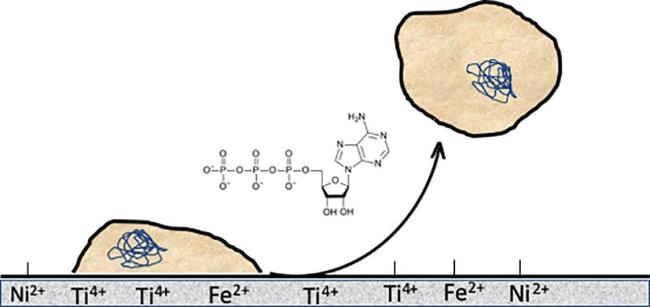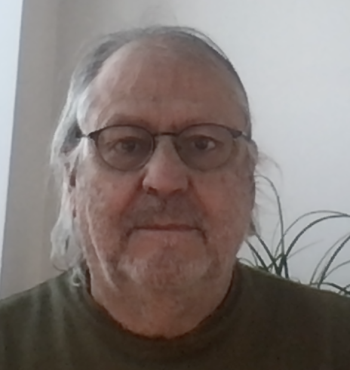
Abstract:
Life requires energy to exist, to reproduce and to survive. Two major hypotheses have been put forward concerning the source of this energy at the very early stages of life evolution: (i) abiotic organics either brought to Earth by comets and/or meteorites, or produced at its atmosphere, and (ii) mineral surface-dependent bioinorganic catalytic reactions. Considering the latter possibility, I propose that, besides being a precursor of nucleic acids, adenosine triphosphate (ATP), which probably was used very early to improve the fidelity of nucleic acid polymerization, played an essential role in the transition between mineral-bound protocells and their free counterparts. Indeed, phosphorylation by ATP renders carboxylate groups electrophilic enough to react with nucleophiles such as amines, an effect that, thanks to their Lewis acid character, also have dehydrated metal ions on mineral surfaces. Early ATP synthesis for metabolic processes most likely depended on substrate level phosphorylation. However, the exaptation of a hexameric helicase-like ATPase and a transmembrane H+ pump (which evolved to counteract the acidity caused by fermentation reactions within the protocell) generated a much more efficient membrane-bound ATP synthase that uses chemiosmosis to make ATP.
Speaker: Dr. Juan C. Fontecilla-Camps, Institut de Biologie Structurale, France.

Speaker bio:
Juan C. Fontecilla-Camps got his Biochemistry degree from the University of Concepcion, Chile in 1974. The diploma was equivalent to a US M. Sc degree. After spending several months in Barcelona, Spain, where he worked at the Pharmacy Department of the Autonoma University (and got the “Pi i Sunyer” price for research on pharmacology) Juan started his Ph.D training at the University of Alabama in Birmingham, USA, in October 1975. He defended his thesis work based on the three-dimensional structure of a neurotoxic protein from scorpion venom in 1979. Juan got then an EMBO fellowship to go to Aarhus, Denmark where he worked on the crystal structure of the Tu elongation factor. In 1981 he moved to Marseilles, France where he solved the structure of a different scorpion toxin. In 1986 he became group leader and in 1988 director of a protein crystallography laboratory at the Aix-Marseille University. During that time Juan started some long-lasting collaborations with research groups there; one of them on hydrogenases and other primordial bacterial metalloenzymes. In 1991, and motivated by the creation of the European Synchrotron Radiation Facility in Grenoble, he moved there where he set up a protein crystallography laboratory financed by the French Atomic Energy Commission (CEA). Since then, Juan and his co-workers have solved and interpreted the structures of NiFe- and FeFe-hydrogenases, pyruvate-ferredoxin oxidoreductase and acetyl coenzyme synthetase-carbon monoxide dehydrogenase, among several others. Most of this work has been published in high impact journals such as Nature, Science, PNAS and JACS. In 2000, Juan was awarded a medal by EuroBIC for work on hydrogenases. In 2016, he resigned as laboratory director but has continued his research activities. This new situation has allowed him to dedicate time to a subject that has always interested him, the origin of life.
Host: Shawn McGlynn, ELSI.
Date: Fri, 5 February, 16:30-17:30 JST (Fri, 5 February 07:30- 08:30UTC)
Venue: Online
